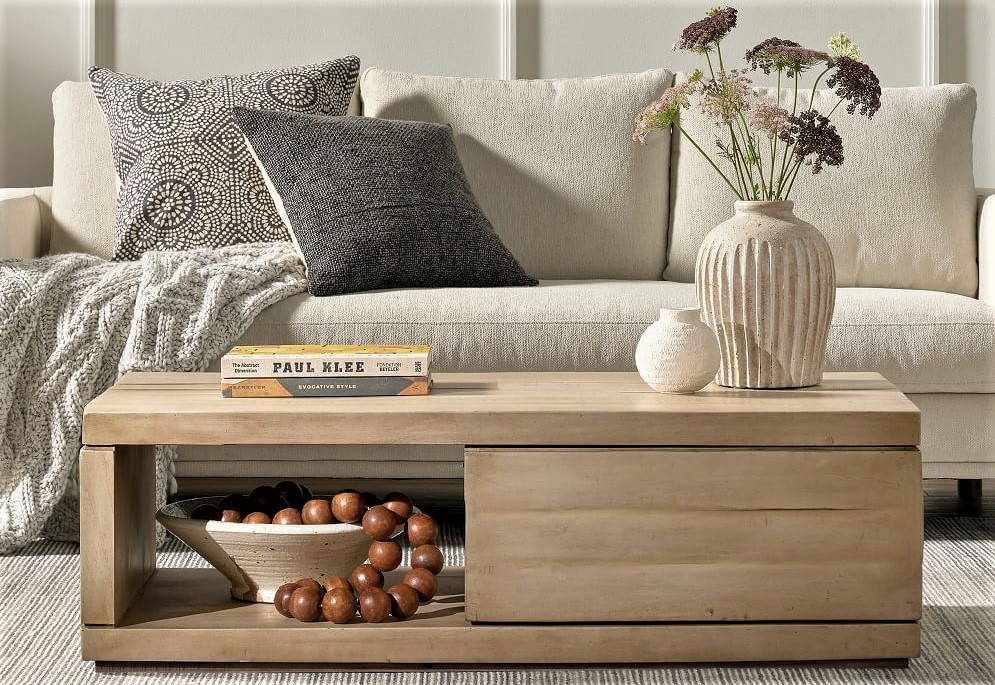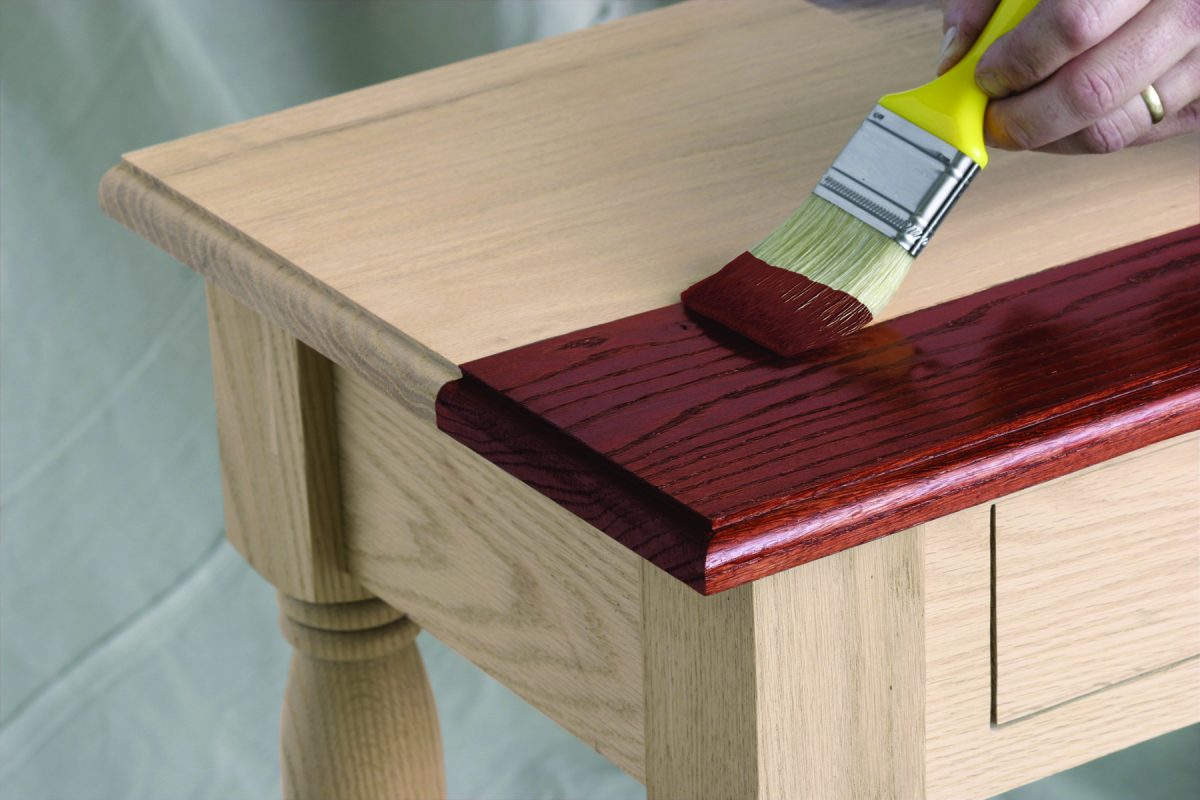Shabby chic items are often heavily painted with many layers showing through obviously worn areas. The style is imitated in faux painting using glaze or by painting then rubbing and sanding away the top coat to show the wood or base coats. Fabrics tend to be cottons and linens, with linen being particularly popular, inspired by old French linens. Whites and worn or bleached out pastels are favorite colours. Fabric is often stained with tea to give it the look of old fabric. Bleached and faded are terms often applied to the style.
The essence of shabby chic style is vintage and antique furniture painted white (or another soft pastel color) and distressed at the corners by sanding.
Popular decor items are pillows made of vintage barkcloth fabric, vintage linens, chenille bedspreads, vintage chandeliers, and anything with roses on it. It is a soft, relaxed feminine romantic way of decorating that looks comfortable and inviting. Also called cottage style.
The style started in Great Britain and evokes the type of decoration found in large country houses where there are worn and faded old chintz sofas and curtains, old paintwork and unassuming ‘good’ taste. The end result of shabby chic is to achieve an elegant overall effect, as opposed to the sentimentally cute Pop-Victorian. Recycling old furniture and fabrics is an important aspect of the look and was especially popular with modern Bohemians and artisans that made up a sidelined counter-culture movement during the 1980s when expensive quality decor became very fashionable with the upper middle classes. The original shabby chic interiors were usually considered in themselves works of art.
The early forms of shabby chic were rather grand but the style has evolved taking inspiration from many forms of decoration. These range from 18th century Swedish painted decoration, the French Chateau as well as the American Shakers where simplicity and plainness was essential.
The Shabby chic style has made both distressing and antiquing popular.
Distressing in the decorative arts is the activity of making a piece of furniture or object appear aged and older, and there are many methods to produce an appearance of age and wear. Distressing is viewed as a refinishing technique although it is the opposite of finishing in a traditional sense. In distressing, the object’s finish is intentionally destroyed or manipulated to look less than perfect, such as with sandpaper or paint stripper. For example, the artisan often removes some but not all of the paint, leaving proof of several layers of paint speckled over wood grain underneath. This becomes the “finished” piece.
Distressing has become a popular design style and decorative art form. The artisan attempts a rustic, attractive, one-of-a-kind appearance or vintage look. The final appearance is often called the patina.
Distressing can be applied to a variety of surfaces and materials such as wood, glass, metal, plastic, stone, concrete, plaster, and paint. Solid pine furniture in particular is one of the most ideal furniture types to apply distressing to.
Antiquing is a more involved form of distressing where the artisan intends to not only age a piece, but also create an antique appearance.
In addition to distressing the finish, the artisan may reapply historical paint colors, antique-like faux finish and crackle varnishes. They might also apply period accent details, such as antique knobs on dresser drawers.
Several methods involve glazes in which colors blend into crevices to give an antique appearance. The antiquing process is time-consuming and normally requires many steps to obtain the appearance of an aged and worn finish.
In the mass-produced furniture market, it is common for ‘distressing’ to include faux woodworm holes. These can easily be distinguished from real woodworm holes (as might be present on a genuine antique) as faux woodworm holes will usually be all of identical diameter and vertical into the wood. Genuine woodworm holes, on the other hand, would be of varying diameter and usually not perfectly vertical.
The artisan may deliberately sand, dent, and scrape the finish off of furniture or object. Wood can be hammered softer, or dimpled, bleached, pickled, stained or repainted with crackling paints and varnishes. Antiquing paints and varnishes are available at craft stores or can be mixed at home. New layers of paint can be watered down before they are applied to allow the wood and other layers to show through or to look more like white washing. Layers of paint of varnishes can be sponged on to create an uneven pattern. After any new paint or layers are applied, the corners and features can be painted slightly lighter or sanded down as desired to appear worn. In addition, the following antiquing techniques can be used:
- Decoupage
- Gold Leaf and Gilding
- Graining and Combing
- Texturizing
- Trompe L’Oeil
- Verdigris



